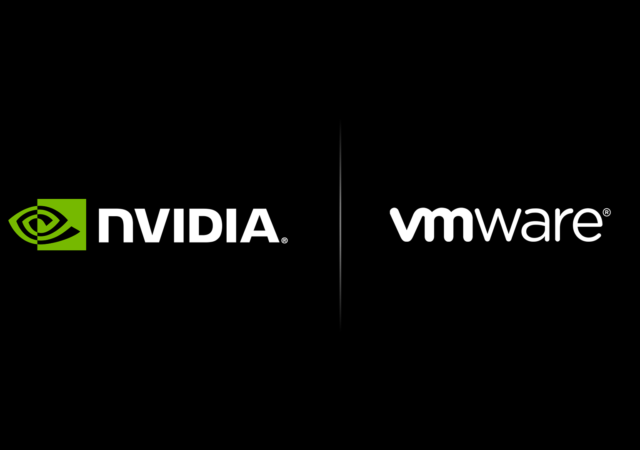Augmented & virtual reality is changing the game of the manufacturing industry. AR/VR allows efficiency, enhanced employee training & cost cuts. Contributor Varinderjit Singh from Lenovo Malaysia explains the use of AR/VR in manufacturing.
What Might the Next Decade Bring for Computing?
New technologies can take many forms. Often, they come from generally straightforward, incremental product advances over the course of years; think the Complementary Metal-Oxide-Semiconductor (CMOS) process shrinks that underpinned many of the advances in computing over the past decades. Not…
Businesses Need to Go Back to Basics and Focus Customer Experiences as Generative AI Tools Become Mainstream
Businesses need to look at the basics as generative AI opens doors for more personalised experiences across different platforms.
Cisco Unveils Webex AI Strategy: Bringing Collaboration to the Next Level with AI Augmentation
Webex from Cisco is introducing AI as a powerful digital assistant. With AI-enhanced features for audio and video capabilities, it helps you have crystal-clear calls and reap the rewards of improved productivity!
Digitalization & Technology Touches the Textile & Fashion Industry
Digitalization is providing new, eco-friendly solutions to textile waste and fashion industry issues. Penjana Kapital Sdn Bhd and Sea Limited (Malaysia) collaborated on ‘Tech in Fashion’ to show off sustainable fashion-tech innovations.
[VMware Explore 2023] VMware Brings Data-Driven AI Automation to the Workspace Experience
VMware helps you navigate the complexities of hybrid work with Anywhere Workspace. Integrate with AI and capitalize on data, intelligence and automation to elevate employee and IT experience.
Atomicwork Launches with $11M Funding to Enhance Employee Support with AI
Atomicwork, a startup focused on improving the employee experience at work, has emerged from stealth mode with an $11 million seed funding round. Blume Ventures and Matrix Partners spearheaded the funding round, backed by Storm Ventures, Neon Fund, and notable…
Tech Solutions Executives Must Consider Levelling Up Their Team
Unlocking new levels of productivity is not just about the right team, it’s equipping them with the right technologies to succeed.
VMware Private AI Foundation with NVIDIA Looks To Enable Entreprises to Embrace Generative AI
VMware and NVIDIA have expanded their partnership to introduce VMware Private AI Foundation with NVIDIA, a platform designed to usher enterprises into the generative AI era.
Alibaba Cloud Unveils Open-Source AI Models for Understanding Images and Text
Alibaba Cloud has recently introduced two open-source large vision language models: the Qwen-VL and the Qwen-VL-Chat. These models are designed to understand both images and text, making them versatile tools for various tasks in both English and Chinese. Qwen-VL understands…












